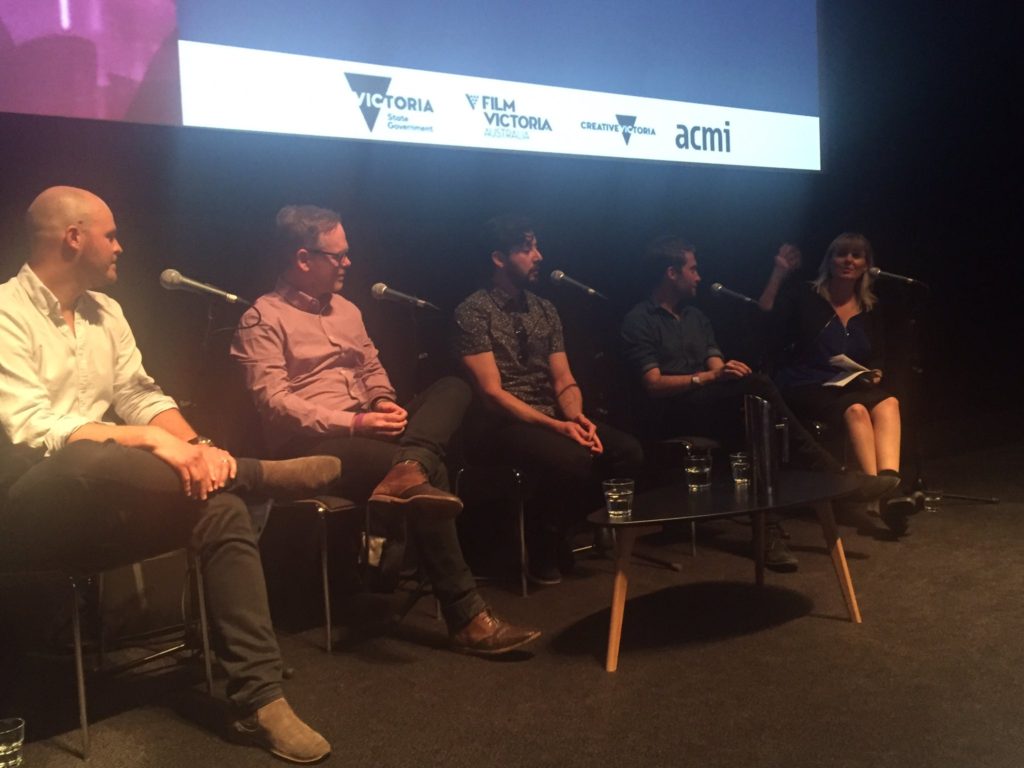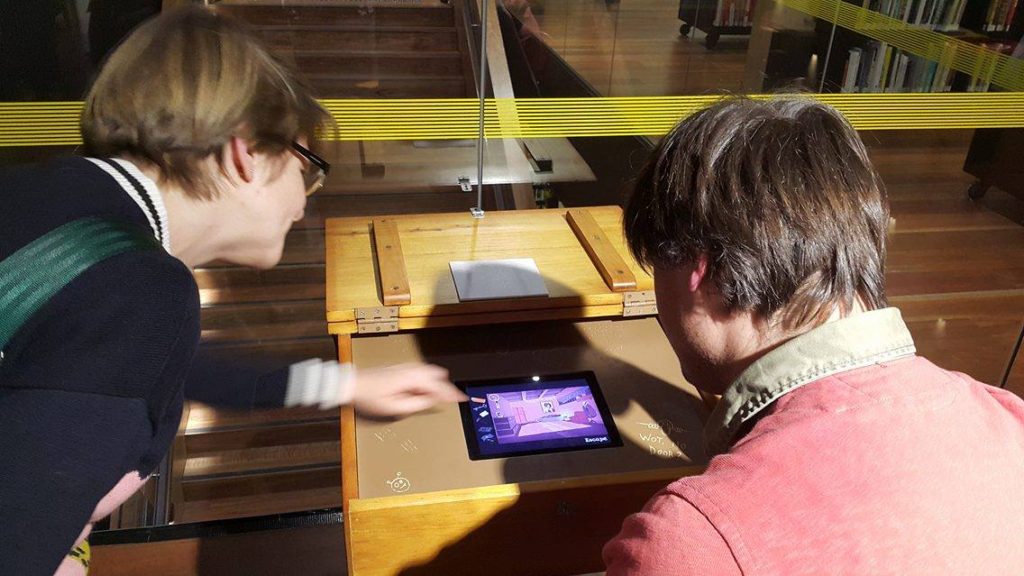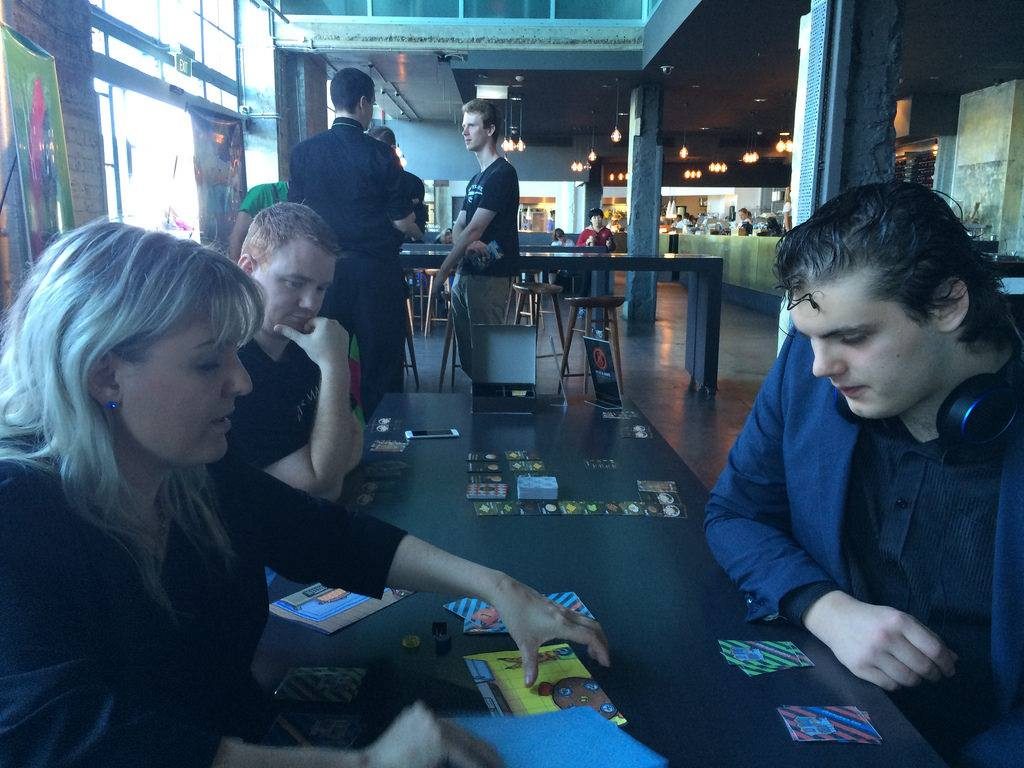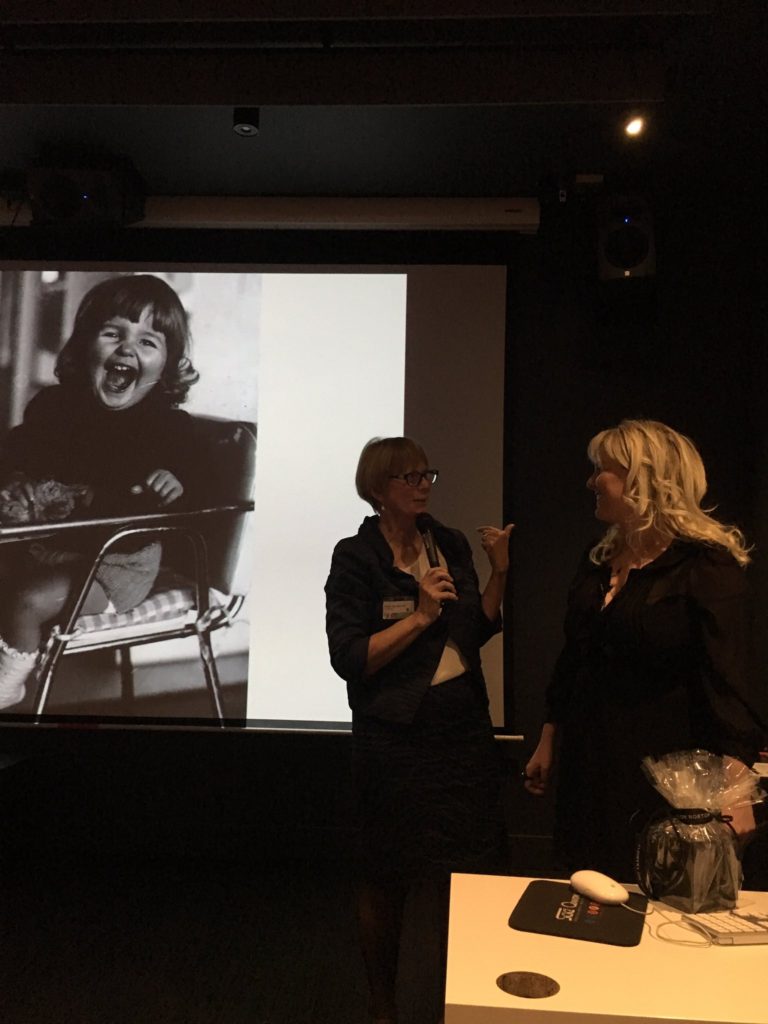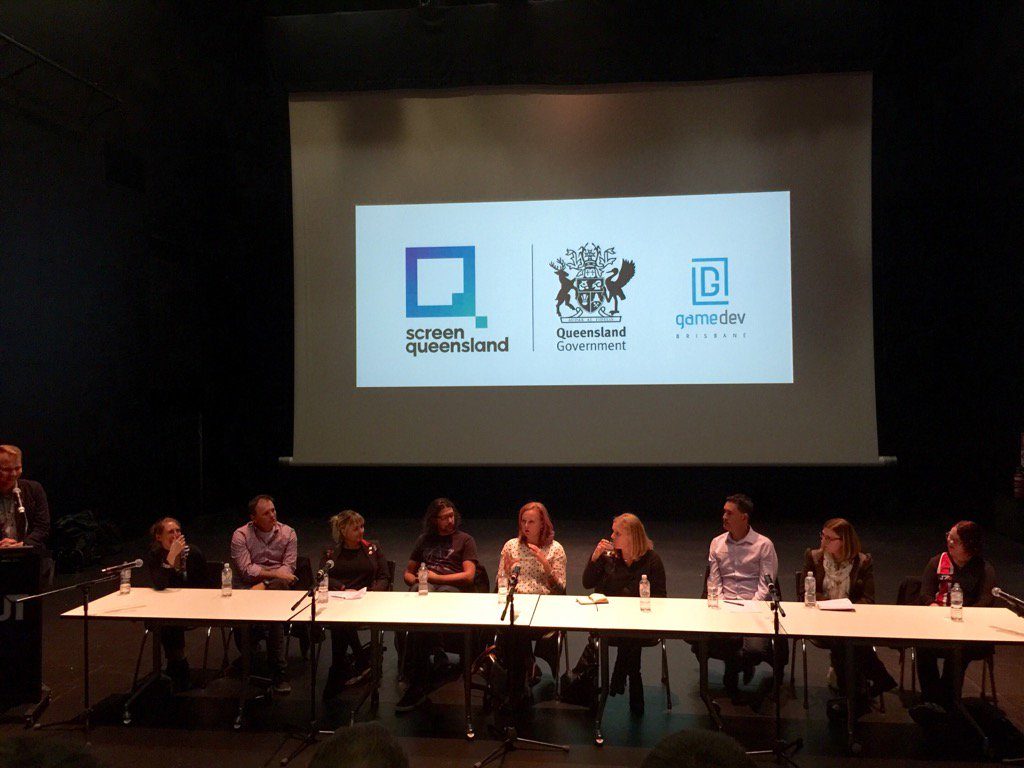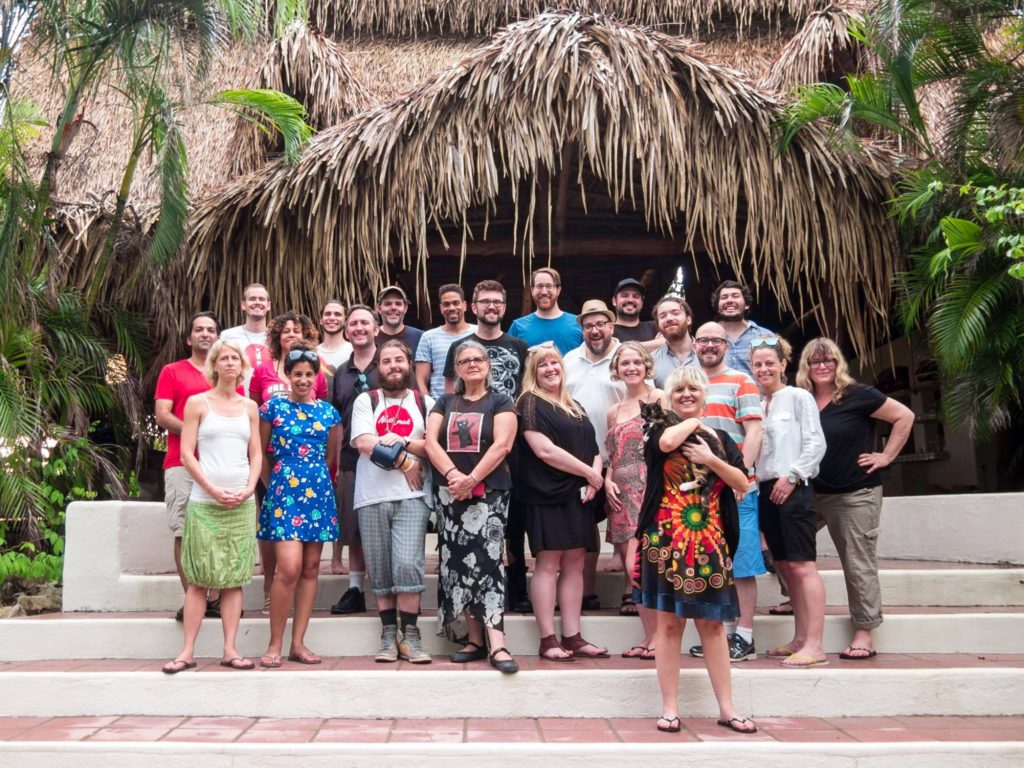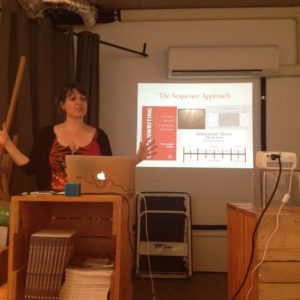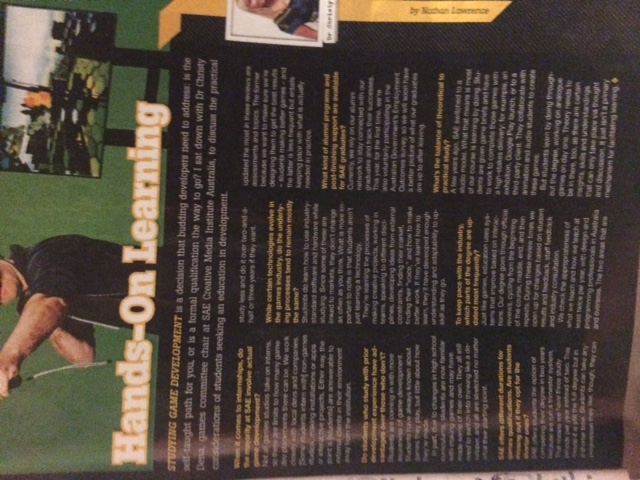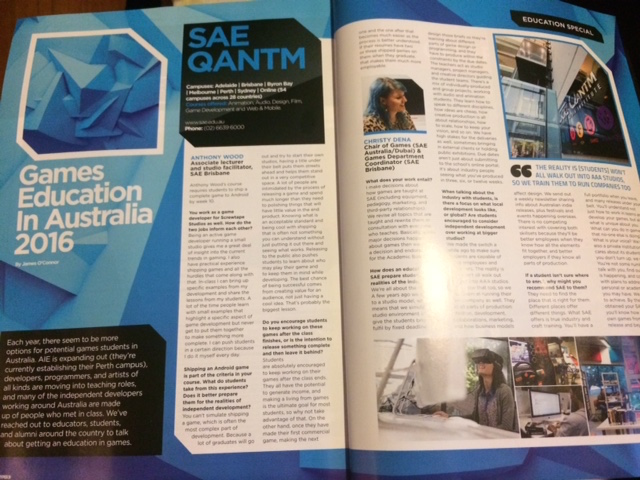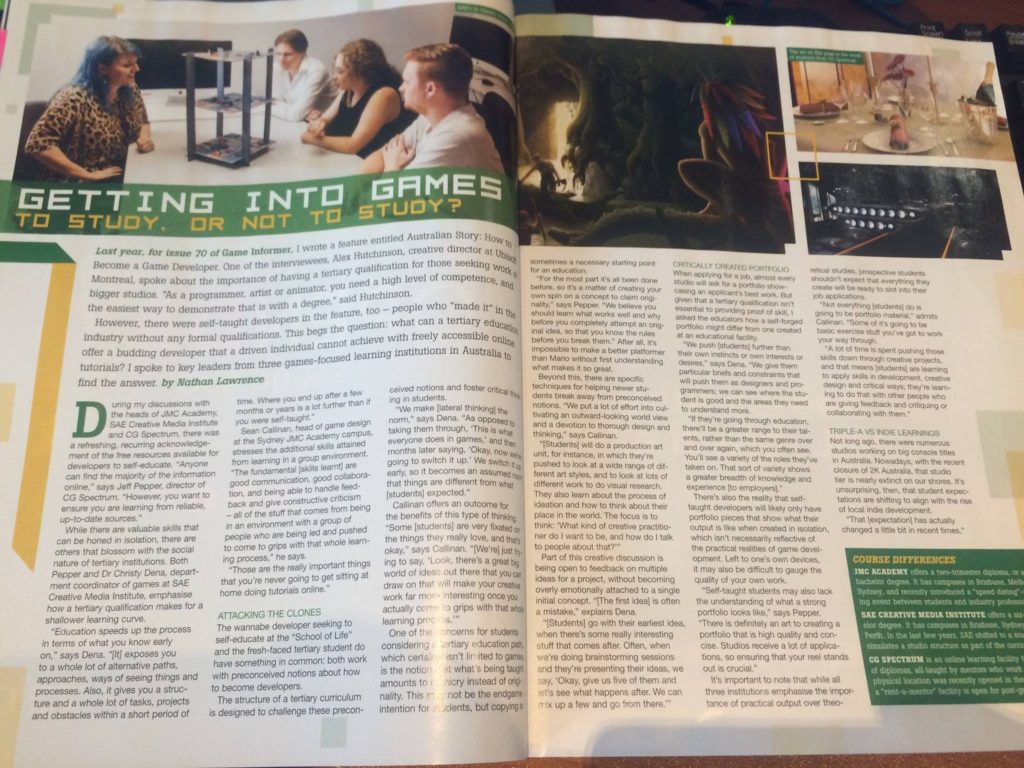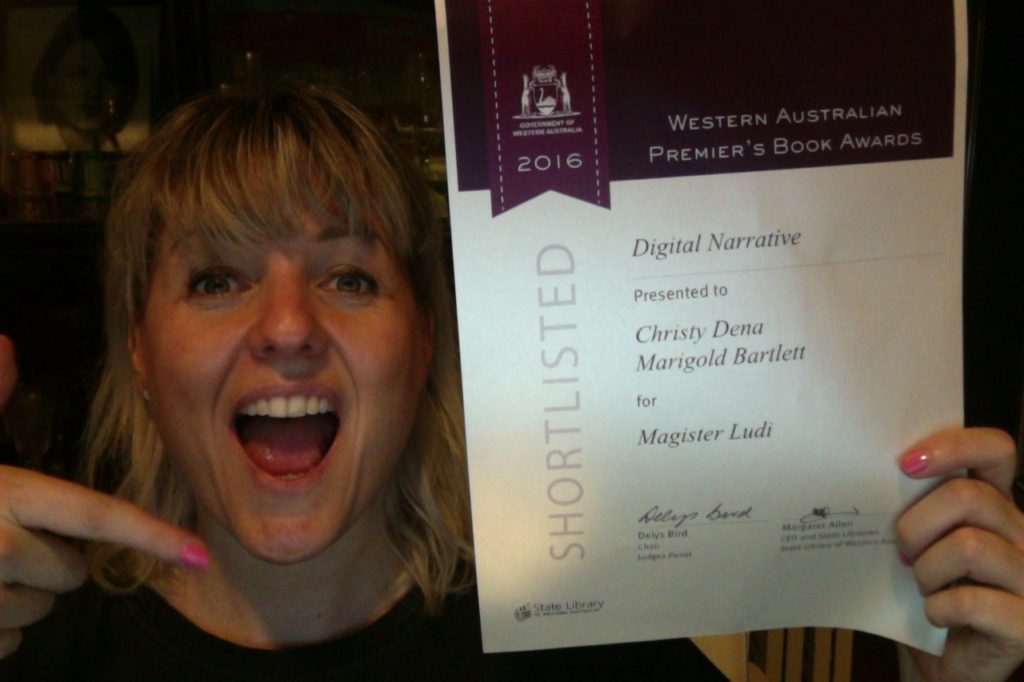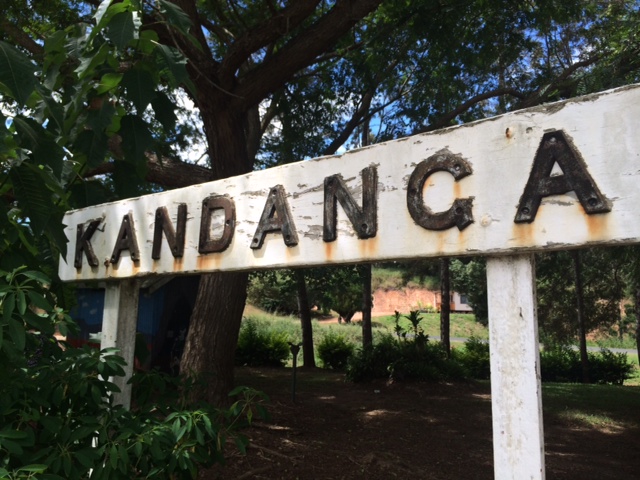Summary of events, releases, press, teaching, awards, etc for 2016 – with videos and photos
Events
- I moderated the ‘Content Creation’ panel at ACMI’s VR Festival (with Michael Beets, Nathan Anderson, Oscar Raby, and Dan Koerner) , and mentored filmmakers at their VR Lab, 3rd Nov, 2016 [Full list of panels]
- My installation/App, Magister Ludi, for the Experimenta Media Art Biennial: Recharge, has been finishing it’s tour of Australia with these locations ending the Experimenta tour on September 23rd, but then it will be exhibited at Contours in Melbourne!:
- warnambool art gallery, vic 5 december 2015 – 7 february 2016
- albury regional gallery and librarymuseum, vic 27 February – 17 april 2016
- latrobe regional gallery, vic 7 May – 10 july 2016
- anne & gordon stamstag museum of art, adelaide 19 august – 23 september 2016
- Contours independent games exhibition curated by Chad Toprak, Gallery, Level 1, Library at the Dock, Melbourne 10 Oct – 10 Nov
[Magister Ludi being exhibited at the Contours opening]
- I exhibited the latest prototype of my (now) boardgame DIY SPY at the GO423 Popup Exhibition held at The Powerhouse for the Brisbane International Game Developers Association, 29th August, 2016.
[Photo of myself showing DIYSPY to GO423 Popup Exhibition visitor Cailean, with Burger Up creator Matt Parkes watching!]
- I gave a speech at the Navitas Women’s Networking event on ‘How to not take your career seriously’ on 26th July, 2016 at SAE Creative Media Institute, Sydney
[Photo of host Helen Zimmerman (Head of Corporate Affairs at Navitas) thanking me at the end of the talk, by Kali Taylor]
- I was a panelist on the ‘technical innovation & artistic innovation’ panel at the Confluence Femel_Fissions Symposium, The Glasshouse, QUT, 18th July, 2016
- I was a panelist at the Screen Queensland and Game Dev Brisbane event: “Funding for game development in Queensland: what’s next?“, 8th July, 2016.
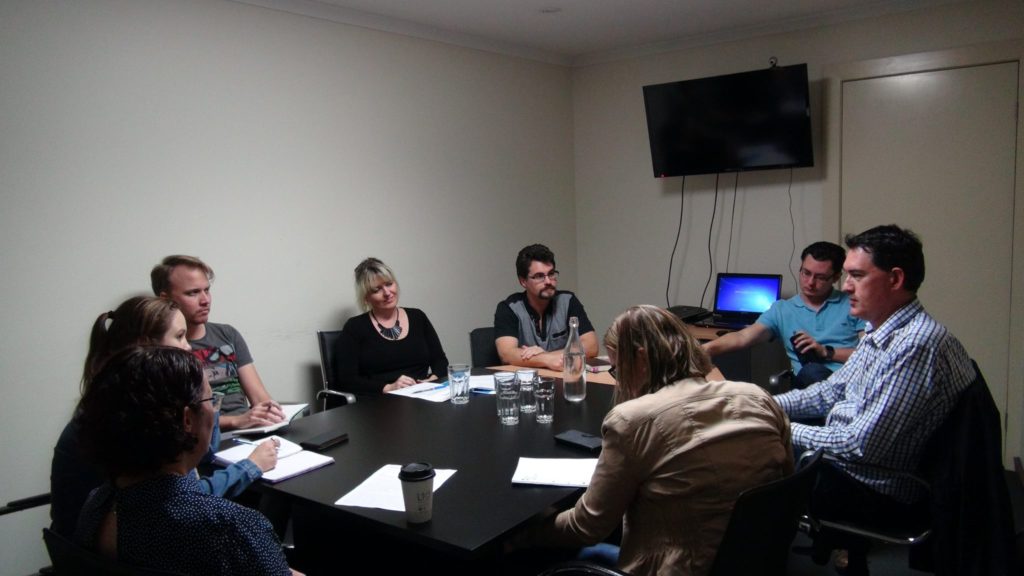 [Screen Queensland pre-meeting 18th June, 2016 at Real Serious Games]
[Screen Queensland pre-meeting 18th June, 2016 at Real Serious Games]
[Screen Queensland Funding Event 8th July, 2016]
- I co-ran the lab Forward Slash Story with Lance Weiler, in Costa Rica, 13-16 May, 2016
- I founded & curated the continuing public lectures series ‘What I Really Do’ for SAE Creative Media Institute, with the latest guest lecture from Cam Rogers (Quantum Break & The Walking Dead), 9th May, 2016
- I co-chaired the first DIGRAA Queensland Conference on Saturday 2nd April with Dr Brendan Keogh and Jane (truna) Turner
- I was a panelist for the ‘What if we could reimagine copyright?’ panel chaired by Dr Rebecca Giblin, at the Australia Digital Alliance’s Annual Copyright Forum, on March 18th, 2016
(I’m at the 6min mark, but check out Dr Rebecca Giblin’s great introduction)
Guest Lectures
- Guest Lecture, “Interest Design in Film, TV & Games,” MDU111 Contemporary Storytelling, Bachelor of Filmmaking, SAE Creative Media Institute, Brisbane, 14th & 18th, November, 2016
- Guest Lecture, “Making Transmedia” CIU210 Media Studies, SAE Creative Media Institute, Brisbane, 14th, 15th & 18th, November, 2016
- Guest Lecture, ‘Emotion Design in Games’, Studio 2, Bachelor of Games Development,SAE Creative Media Institute, Brisbane, July, 2016
- Guest Lecture, ‘Multiplatform Writing & Design’, 1114 GFS Reading the Moving Image, Griffith University , 23rd & 24th May, 2016
- Guest Lecture, “Interactive Documentary,” Studio 2, Bachelor of Filmmaking, SAE Creative Media Institute, Brisbane, 2016
- Guest Lecture, “Emotion Design in Film, TV & Games,” MDU111 Contemporary Storytelling, Bachelor of Filmmaking, SAE Creative Media Institute, Brisbane, 2016
Articles & Book Chapters
- ‘Transmedia Behaving Badly?’, Invited Response for Immerse, Tribeca Film Institute, 16th Nov, 2016
- Commissioned interview with game designer Eric Zimmerman for Cordite Literary Review, 4th May, 2016
Press
- I was interviewed for Tony Parmenter’s ‘Downloadable Context’ podcast, sharing some of my thinking about how I design games!
- I was interviewed for a special feature on me: Lawrence, Nathan (2016) “Hands-On Learning” for Game Informer Magazine, Dec
- I was interviewed on games education by O’Connor, James (2016) “Games Education in Australia”, Hyper Magazine, Nov
- I was interviewed for Game Informer Magazine, June, 2016
- I was quoted in a Forbes article by Seth Porges on “The 6 secrets to creating a truly immersive experience“, June 10th, 2016
- MCV Pacific Women in Games: Dr Christy Dena, 11 May 2016
- I was interviewed for ChickQuest by Rebecca Douglas, March 2016
- I was covered in an article about bringing more women into games in the Brisbane Courier Mail and NT News, March 2016
Judge & Funding Assessor
- Organisations Four Year Funding, Emerging and Experimental Organisations, Australia Council for the Arts (AUS)
- Australian Writers’ Guild Awards ‘Interactive Media’ category (AUS)
- Austrian Science Fund (AUSTRIA)
Book Assessor
- ETC Press (Entertainment Technology Press)
- Bloomsbury Academic
- …
Awards & Salutations
- Finalist, “Digital Narrative”, Western Australian Premier’s Book Awards for “Magister Ludi” (and I had Marigold Bartlett the illustrator added too!)
“This narrative game has a novel interface, which is particularly well-designed for use through a tablet. The mode of interaction is simple, but the choices to be made ask the reader to consider how the game might work, with unexpected responses being the most successful. As it develops through the reader’s interactions, the narrative questions traditional ways to view education and life experience and suggests new ways to think.” 2016 Judge’s Report, WA Premier’s Book Awards.
- Finalist, “Pioneer”, MCV 2016 Top 100 Most Influential Women in Games in Australia & NZ
- Finalist, “Creative Inspiration”, MCV 2016 Top 100 Most Influential Women in Games in Australia & NZ
New Boards & Committees
- Games & Interactive Advisory Committee, The Australian Writers Guild (link)
- Scholarly & Research Committee, SAE Creative Media Institute
